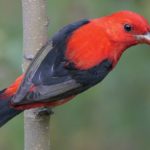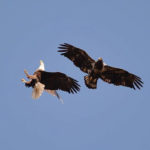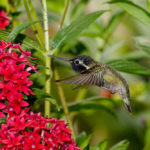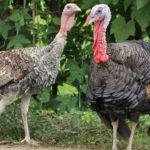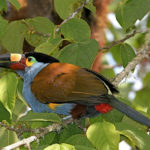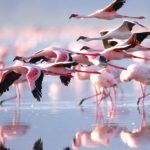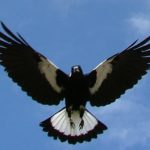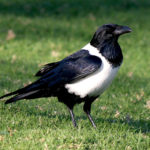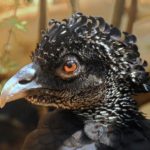17 interesting facts about migratory birds
 During seasonal migration, migratory birds travel great distances, while always finding their destination unmistakably, and then return home with exactly the same accuracy. Mother Nature created perfectly prepared them for such difficulties, and that which people can not, quite feathered on the shoulder. In addition, thanks to seasonal flights, scientists were able to learn a lot about the world of birds.
During seasonal migration, migratory birds travel great distances, while always finding their destination unmistakably, and then return home with exactly the same accuracy. Mother Nature created perfectly prepared them for such difficulties, and that which people can not, quite feathered on the shoulder. In addition, thanks to seasonal flights, scientists were able to learn a lot about the world of birds.
Some of them make their flights alone, but most birds migrate in a flock.
Depending on their usual way of life, migratory birds usually fly either at night or during the day. But some of their species can fly day and night without a break, falling asleep right in flight, and occasionally distracted by the search for food.
Migratory birds, such as geese and ducks, fly in the form of a wedge, because such a formation helps them reduce the energy costs of flying by about 20% – no one canceled the aerodynamics.
Geese during seasonal migrations rise higher than any other birds. They were noticed at an altitude of 9.1 kilometers, which is higher than the peak of Everest, the highest peak of the Earth.
People drew attention to the migration of migratory birds in ancient times. The first written mention of this is found in the writings of Aristotle, dated III century BC.
The most significant distance is usually covered by migratory petrels. For a year, they sometimes fly up to 25 thousand kilometers. In second place are terns, overcoming up to 22 thousand kilometers.
In central Russia, the arrival of spring is marked by the return of rooks that fly back from the warm regions.
Migratory birds surprisingly return exactly to their nests, finding them again without a problem after a long journey.
Most birds actively gain weight before migrations, as they need fat reserves as an energy source. Some species of ducks, for example, almost double their mass before the flight.
During life, some species of migratory birds cover a distance of 300-350 thousand kilometers, which is comparable to the distance from the Earth to the Moon.
Swifts are one of the fastest migratory birds. In their flights, they accelerate to 150-160 kilometers per hour. Ducks, for example, usually fly at a speed of 100-110 kilometers per hour, which is also, you see, a lot.
The reason why migratory birds do not stay in warm places forever, but return back, is very prosaic – food supplies there are not endless. When they come to an end, the birds gather on the way back.
Penguins are also migratory birds, but since they cannot swim, they migrate their migrations.
Migratory birds always fly faster on their way back, returning from warm places than on their way there. Why – scientists are still at a loss.
Migratory birds are guided by the sun, stars and the Earth’s magnetic field.
Sometimes birds of the same species behave differently. For example, with the advent of winter, some blue jays can fly away for the winter, and some of their relatives remain in place.
Depending on the living conditions, the same birds can be both migratory and settled. If there is enough food, they do not have to fly away for the winter.



